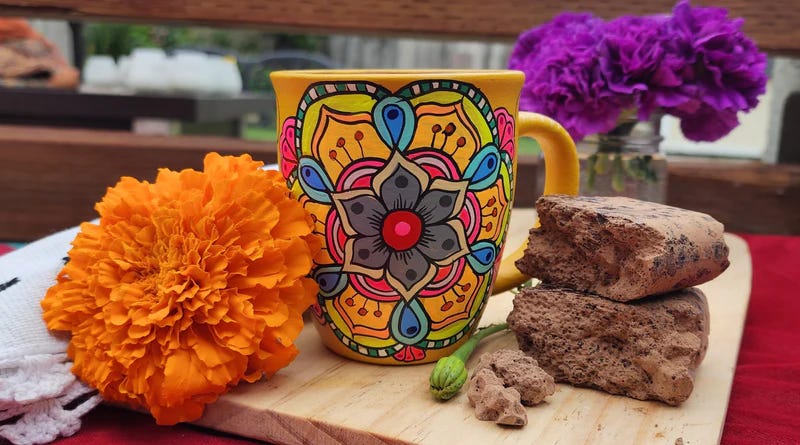Cosmic Cacao
The source of all that chocolate is a mighty bean from the Amazon rain forest
Today millions of people around the world are celebrating Valentine’s Day, a day steeped in roses, romance, and chocolate. It is a secular holiday that we can all embrace. In the United States, more than 60 million pounds of chocolate will be gifted over the holiday, much of that in heart-shaped boxes that were introduced by Richard Cadbury in the 1860s in England. But not everyone knows that the source of all that chocolate is from a small but mighty bean that grows in equatorial areas—cacao.
The cacao tree, Theobroma cacao, is native to the Amazon rainforest in southeastern Ecuador and was introduced to Central America, where it thrived, by the Mexican Olmec tribes. First domesticated 5,300 years ago, it was mainly used by the indigenous people as a ceremonial beverage.
One of the many seismic effects of the Spanish conquest of South America was the dispersal of the cacao bean to Spanish colonies in parts of the world. In 1876, Tetteh Quarshie, a Ghanian, brought pods to Africa with success and initiated the cocoa trade. Today two-thirds of the cacao used in chocolate production comes from Ghana and the Ivory Coast, where production methods rely heavily on child and slave labor.
Last Saturday John and I attended a cacao ceremony in State College. Keith Wilson, a native son of Central Pennsylvania, had recently passed away in Guatemala and a friend reached out to me to share the sad news. I hadn’t seen Keith in more than 40 years but remembered him from the mid-70s as a strong and contemplative man who was fully in touch with the plant world. Our circle included many local foragers who hunted medicinal plants and mushrooms in our area so rich with both. There was a “Free U” class led by Keith on medicinal plants, the Free University being an alternative learning system supported by all of us tie-dyed hippies. The class was held at New Morning Natural Food Store where I worked. Comfrey was one plant that we held in high esteem and Keith took it upon himself to plant it in a wild area in our town that later became Lederer Park. Keith’s comfrey legacy still stands.
But he moved far beyond comfrey when he headed to South America and started experimenting with cacao. He started a movement. Keith’s Cacao is centered in the village of San Marcos La Laguna in Guatemala and Keith became known as the Chocolate Shaman, leading worldwide workshops via Zoom and training other practitioners in the high art of ceremonial cacao.

Our small ceremony in Boalsburg was an easy introduction to the beverage. I found that it warmed my heart and satisfied me on a visceral level. The brew was creamy, though made with water, lightly sweet with just a touch of maple syrup, barely spicy with a touch of cayenne, and slightly floral. I liked it. I liked sitting in a circle with people that I hadn’t seen ever before or in decades, while each of us shared a memory of a very special person who trod gently but with determination on the earth. RIP Keith. Thanks for spreading your light, your comfrey, and your cacao.






Thanks Anne! Such a touching tribute to Keith. 🌞